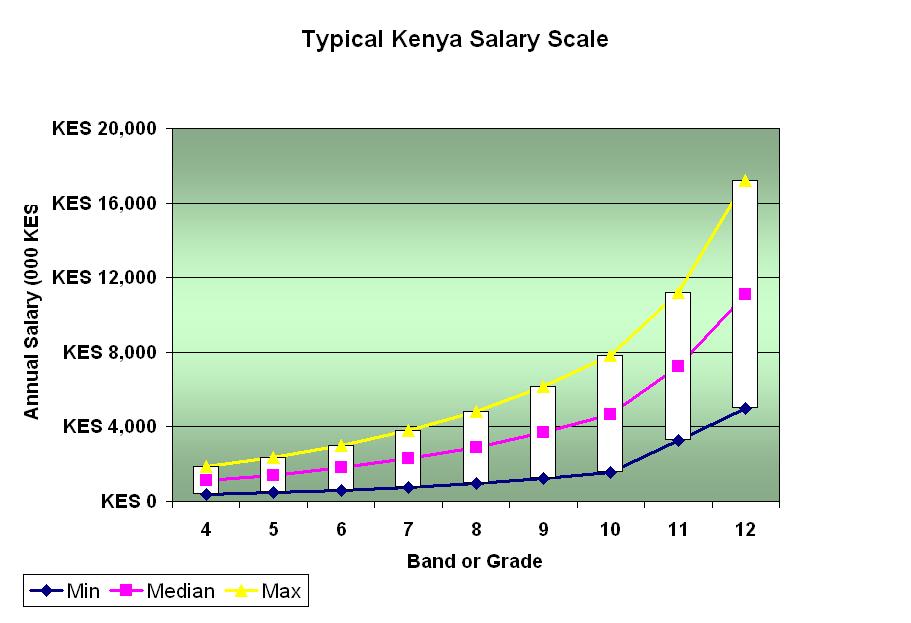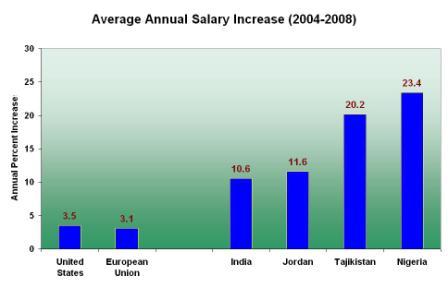 Author:
Author:
Warren Heaps – Birches Group LLC
Almost every day, I hear from a client or prospect looking for reliable market data in some small developing market, usually located in a part of the world that the big consultants have not yet discovered. After all, our company focuses on those places!
One of the most common discussion points is about the difficulty the client is having in finding a survey which meets their needs in these markets. You see, most clients have a very “developed world” view of what makes a good survey. But in smaller markets, you need to look at surveys through a different lens.
What Makes A Good Survey?
The exchange is typically something like this:
Client asks, “Do you have a survey for Gabon, in West Africa?”
I say, “Yes, we have a survey there, and for all of the countries in Africa.”
“Wow,” says the client, “that’s impressive. How many bio-tech companies are in your survey?”
“Bio-tech? None, I’m afraid. We have a pharma company, but their office is very small. Are there even any bio-techs in Gabon?”
“Well we are looking to open an office there, so we need to be competitive in our sector. Do you know any other surveys I could look at?”
And so it goes. This client, like many others, is looking for a survey in Gabon, a relatively small market, with the same parameters as they would apply in Germany. Sector based surveys are very popular in developed countries, but in many small, developing markets, sector surveys just don’t work.
Rule #1 – Think Outside Your Sector
Why? Simple. The sector just isn’t big enough. There might only be two or three similar companies, or like in our Gabon example, none at all. To get a good sector survey together you would need at least eight to ten companies with a workforce of at least 20 to 25 staff. But sometimes that’s not even enough.
I remember reviewing a survey once in a Central American country when I was a corporate compensation executive. I was excited that the survey included 12 consumer goods companies (including my former employer). We thought that with 12 companies, there would be enough data for some robust statistics. It turns out there wasn’t. Only 4 of the employers in the survey had a large presence in the country; the rest had small sales offices, and some had less than 10 staff in total. Our company had staff over 150, including a regional headquarters and a factory.
So you see, a sector-based survey with 12 employers yielded good data for only a handful of positions. My company, along with the others that had larger operations, were unable to use most of the sector data due to lack of matches.
Okay, so now you’re just looking for a survey – any survey. Which employers make the most sense in order to get the market intelligence you need to make the right pay decisions?
Rule #2 – Look at the Leaders
Leading employers in all sectors usually have a full range of positions, from support to professional to executive. These employers also have a strong employer brand, making them the preferred employers in the market. The best talent naturally gravitate to these companies, as they are the ones reputed to be the best places to work. More often than not, the leaders are multi-national companies or international organizations.
The multi-nationals are known to have disciplined approaches to reward, governed by global principles set down from headquarters. They view compensation and benefits in a strategic way, and know the importance of using market data to determine rates of pay and benefits.
International organizations include employers such as the World Bank, various Embassies, the United Nations, the European Union, and so on. These organizations are usually well-established in smaller developing markets, and attract the top echelon of the workforce. Surprised? One of the reasons is that many international organizations have very competitive pay programs which are benchmarked not only against each other, but with the private sector as well.
Together, a combination of leading private sector employers and leading international organizations captures the top of the market in many small countries. So it’s a good place to start.
But wait a second. You’re thinking “How will I compare my mobile telecom company to the World Bank? They are not comparable to my company!”
Rule #3 – Use Cross-Occupational Job Matching
First of all, there are common occupations in all employers that are easily comparable. For example, positions from accounting, finance, human resources, procurement and IT; plus secretaries, administrative assistants and less skilled support roles common in developing countries, such as drivers, security guards and messengers.
For professional and managerial positions, the real challenge is finding enough matches for a particular occupation to be able to report the data separately. In order to ensure that there is data available for each professional level in our surveys, we often double-match positions to both a specific occupational benchmark (e.g., Brand Manager) as well as a generic professional position (e.g., Working Level Professional). In case there are insufficient matches for Brand Manager, we can still report the aggregated data for all positions matched to Working Level Professional. In this way, clients are assured to get a comprehensive picture of the market, even if the specific occupational matches fall short in the survey.
Is this good enough? How many organizations use a different salary structure for each occupational group? There are some, but not too many. Using cross-occupational data is not really such a stretch, is it?
In Summary
There are other factors to consider when evaluating a compensation survey in small developing countries, but these three rules will help get you started. I will write another post in the future discussing some of the other challenges. In the meantime, please share your experiences working with surveys in these countries.
More About Warren
Warren Heaps
Warren on LinkedIn
Developing Markets Compensation and Benefits Group on LinkedIn
Email Warren
 Author:
Author:










You must be logged in to post a comment.